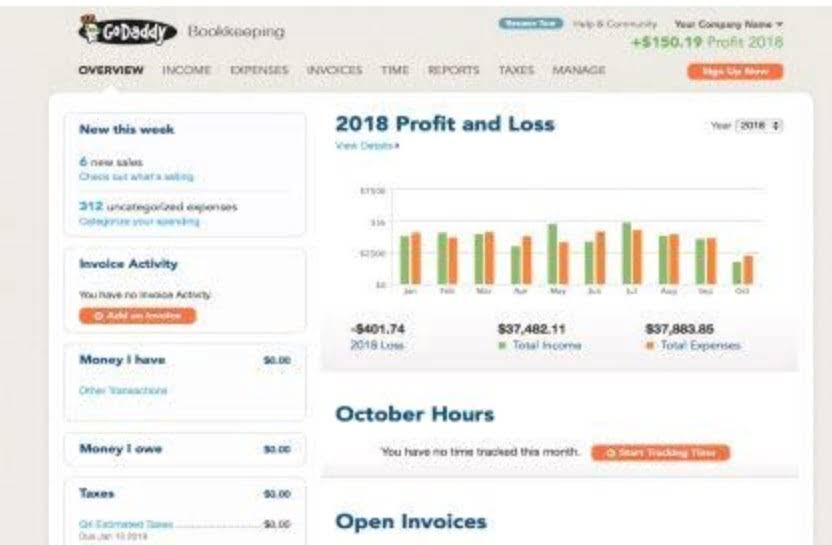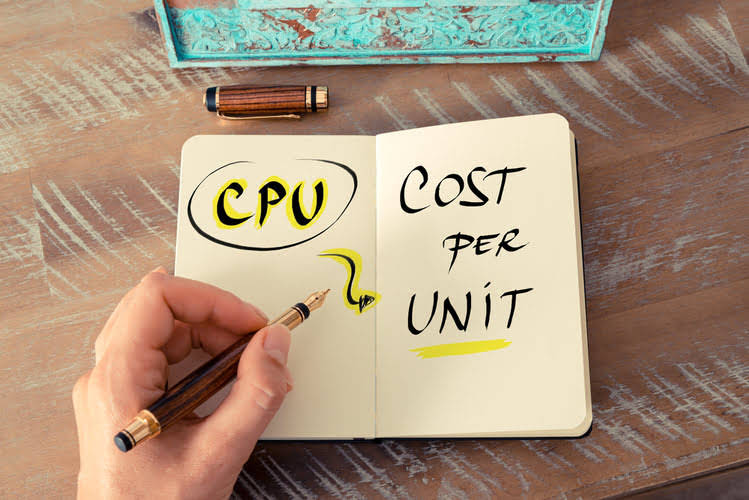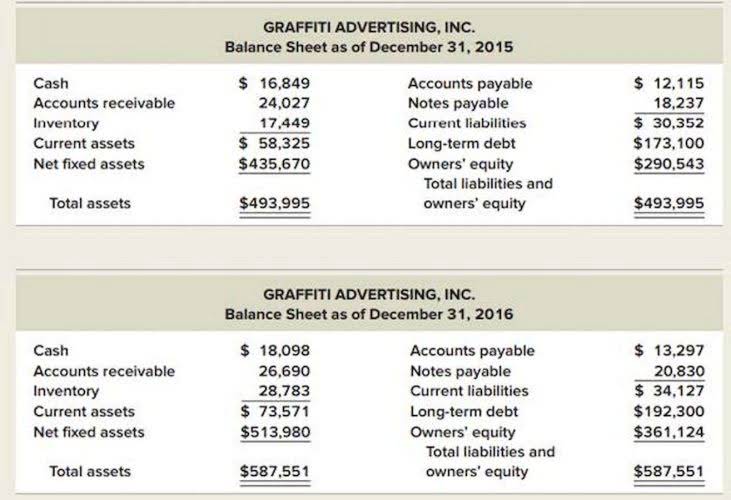
Billing solutions help connect a business’s sales, finance, and customer service teams to improve internal operations. There’s a growing demand for these solutions, with the subscription billing Accounting for Churches software market valued at $4.1 billion in 2023 and projected to reach $13.9 billion by 2030. To leverage CPQ and billing software for an efficient order-to-cash process, it is important first to understand the benefits of using these tools. CPQ software can help improve the accuracy of sales quotes, while billing software can automate the invoicing process and help track payments.
What are the Scenarios to Prefer Bank Draft as a Payment Method
Sellers receive payment before shipping goods, eliminating the risk of non-payment. Used when sellers have less leverage in negotiations, ensuring they receive prompt payment. Used when trading with countries that have unstable political petty cash or economic conditions to mitigate non-payment risks.

Using a Professional Invoice Template
In case of a dispute over an invoice, businesses should have some standard operating procedure to deal with customer concerns. They must do their best to communicate directly with the unhappy customer. Setting clear terms and defining the scope of the goods/services beforehand can help prevent such issues. Dealing with these typical billing pitfalls with proactive measures such as automation, better tracking, and communication is key to running efficient business operations and managing finances. Once the payment is made, companies must verify the amount with the invoice.
Effortlessly streamline your business collections

Retainer billing is commonly used by professionals such as lawyers, marketing agencies, and IT consultants who offer ongoing support to their clients. It allows for a predictable cash flow and fosters a long-term relationship with clients. By securing a retainer agreement, you can prioritize your clients’ needs and allocate your resources accordingly.
Methods of Payment in International Trade: A Complete Guide
For businesses that work on specific projects with defined scopes, project-based billing is an effective approach. With this method, you charge clients a fixed amount for the entire project, regardless of the time spent. Project-based billing offers predictability and simplifies the invoicing process. However, it’s essential to accurately estimate the project scope and costs to ensure profitability and avoid any disputes. A billing process is a series of steps that a business or organization follows to create and send invoices to customers or clients for goods or services rendered. It includes generating invoices, tracking payments, and following up on overdue accounts.
A clear invoice has all the important information that helps a client pay quickly. By making sure your invoices are clear and error-free, you can build trust with your customers and avoid unnecessary issues. With growing health awareness and the push for faster transactions, the popularity of contactless payments is only expected to increase globally. Governments are exploring the creation of their digital currencies, allowing centralized control while providing the benefits of electronic payments. 11 Financial may construction billing methods only transact business in those states in which it is registered, or qualifies for an exemption or exclusion from registration requirements.
- Businesses are moving towards a more personalized billing experience for their customers.
- Firms should send automated reminders as the due date nears and additional reminders once the invoice is overdue.
- It can be a good option for big projects that could take months or years to finish.
- Billing is crucial for generating revenue and collecting payments from customers or clients.
- According to a recent survey by the National Business Association, 65% of businesses encounter issues related to client billing.
- Proforma Invoices are often used in international transactions or for custom orders.
These billing process steps ensure timely delivery of goods/services, payments, and accurate recording of financial data. After receiving the invoice from the company, customers should pay the amounts as shown on the invoice. Depending on the business needs and customers, companies may offer a wide range of payment options. These could include bank transfers, credit cards, digital wallets, UPI Payments and cheques. For most businesses, the delivery method will depend on the business model.

Multiple methods: CLW Financial Planning

Revenue recognition is another important part of the billing management process. Hybrid billing solutions combine elements of recurring, usage-based, and one-time billing. They’re a versatile choice for businesses with varied revenue streams and are common in sectors such as telecommunications, cloud services, and complex business-to-business (B2B) SaaS.
